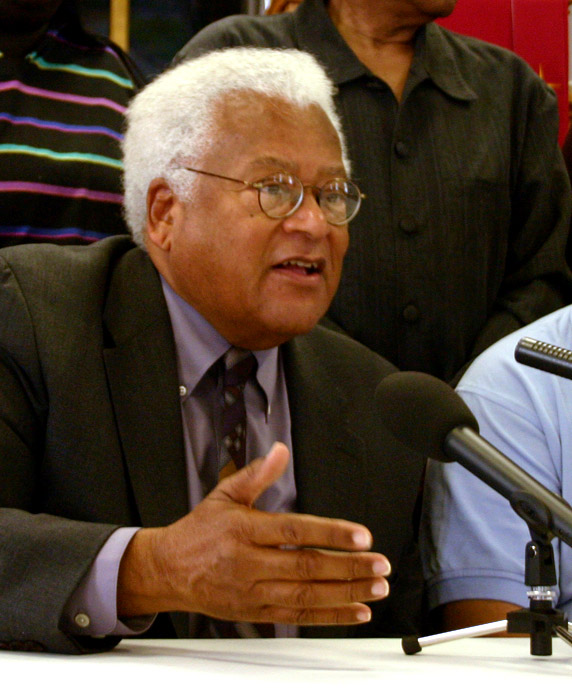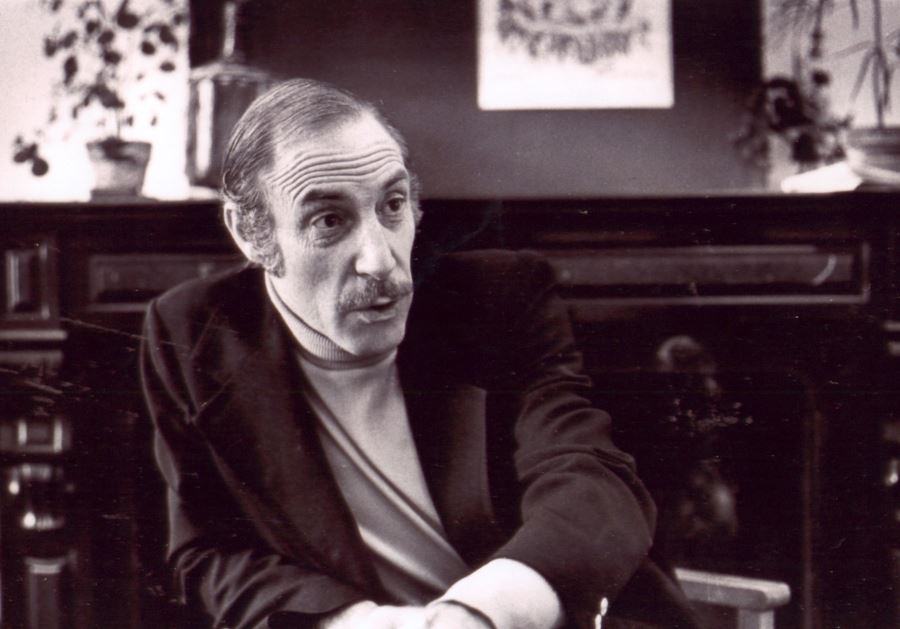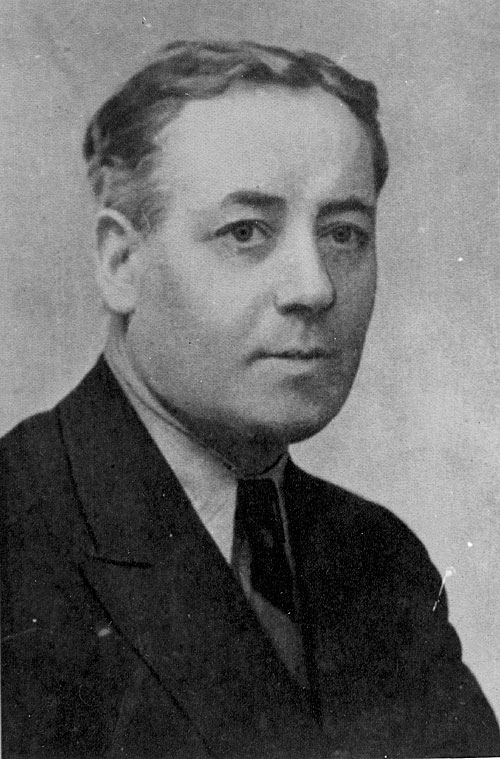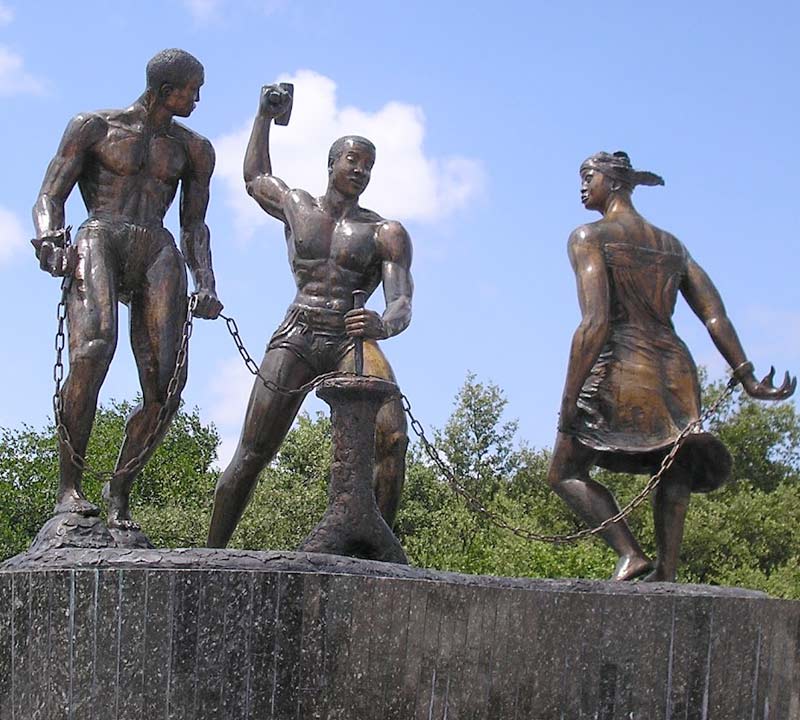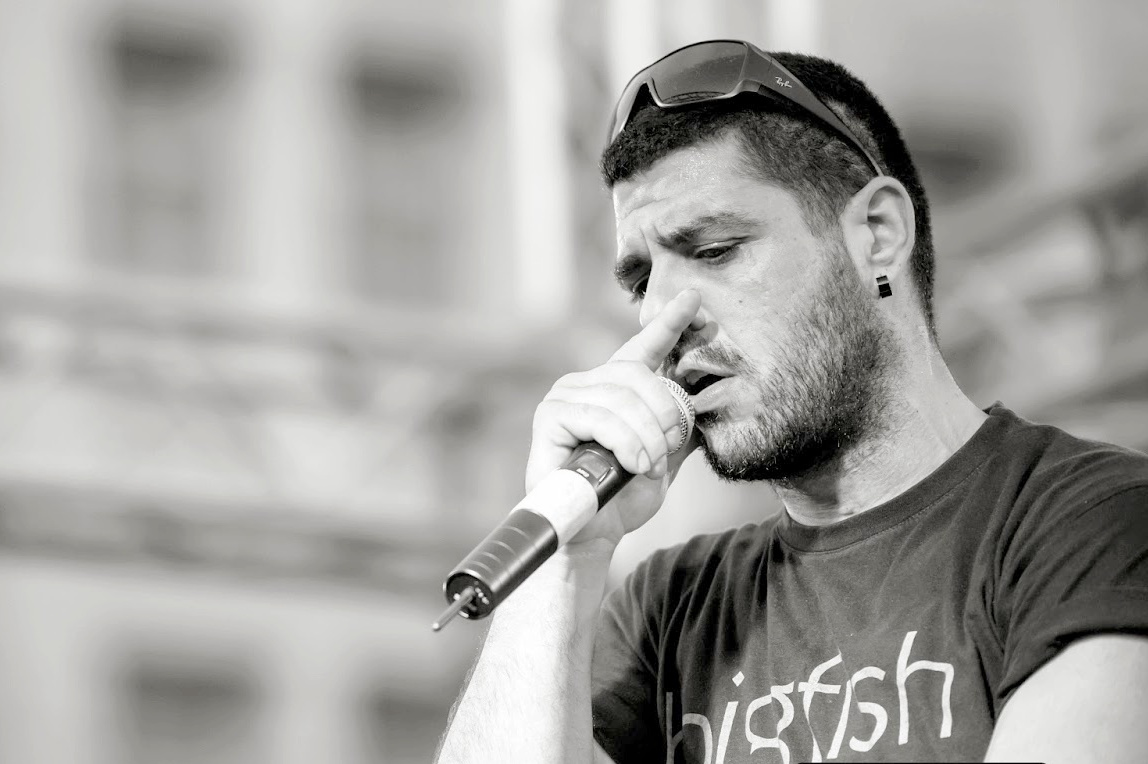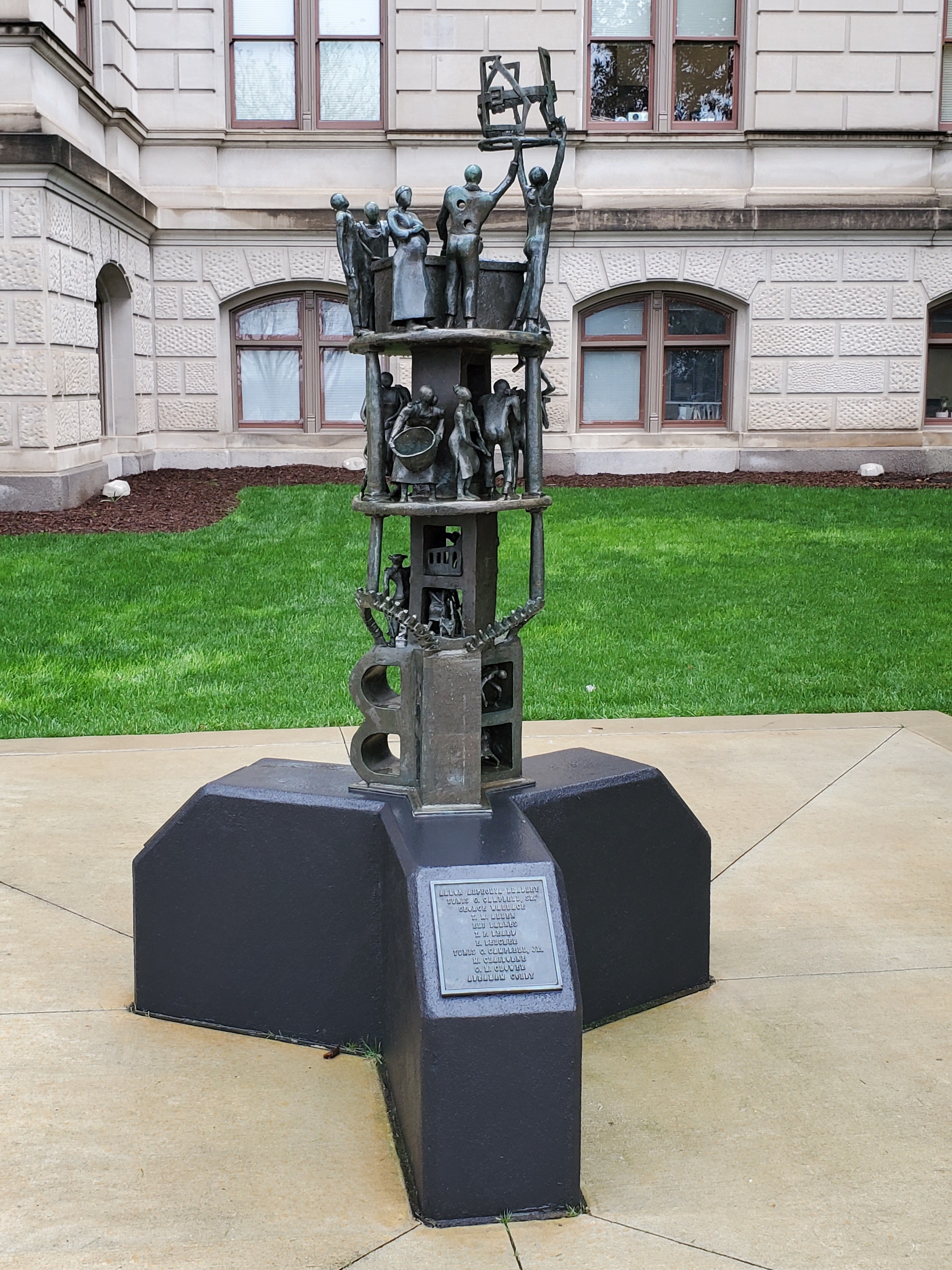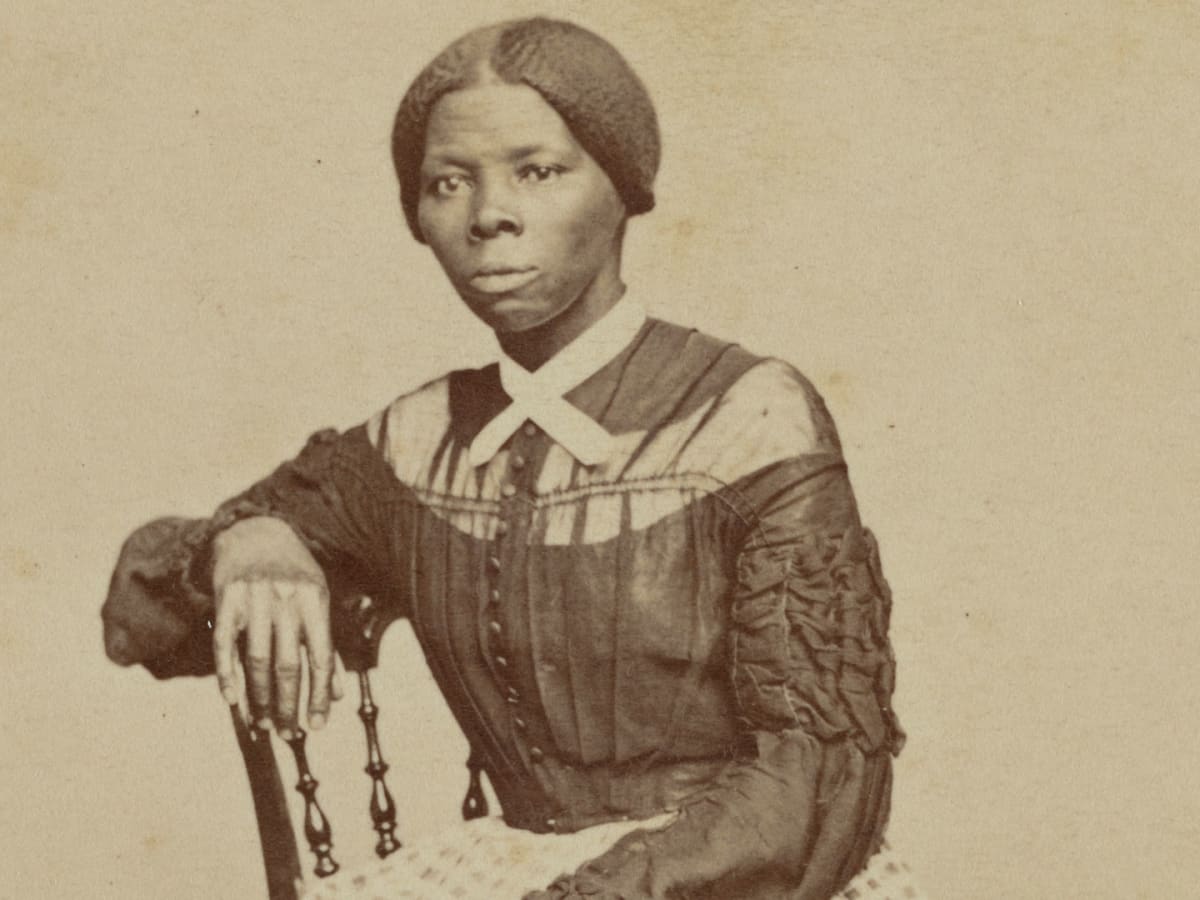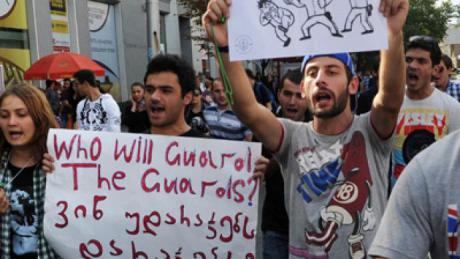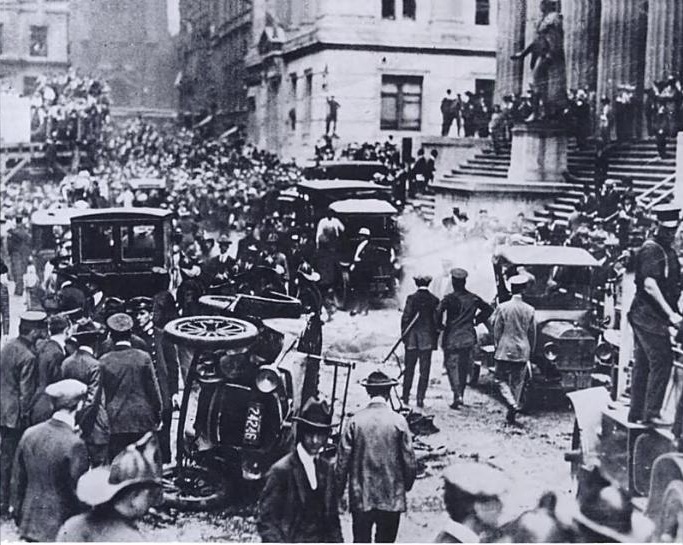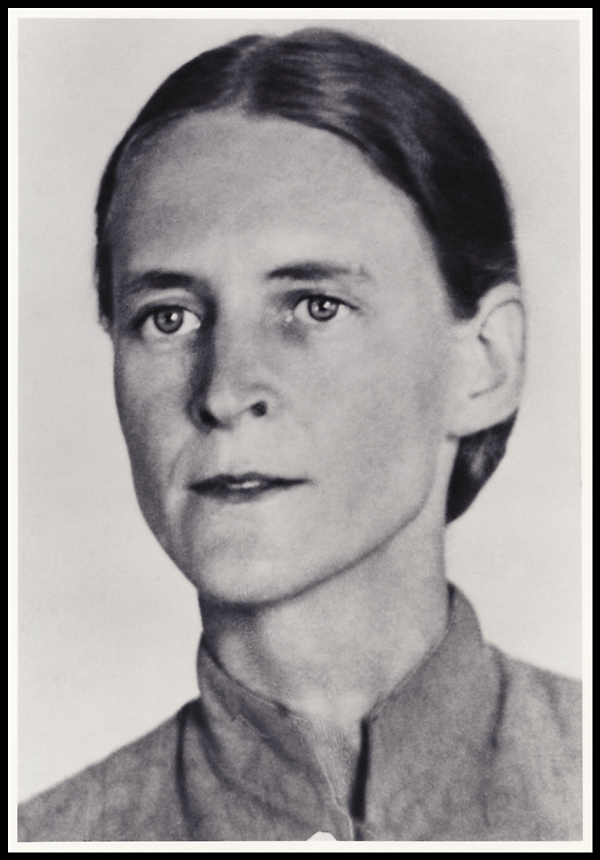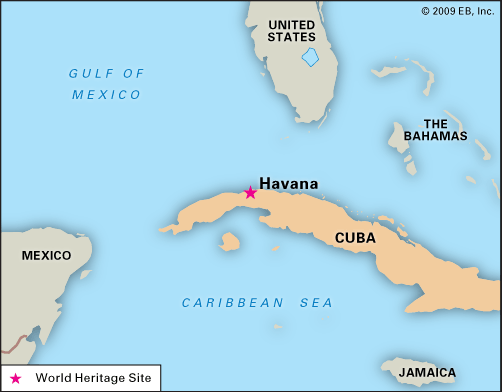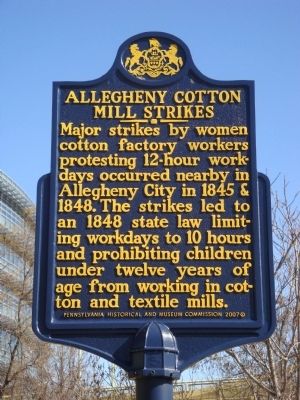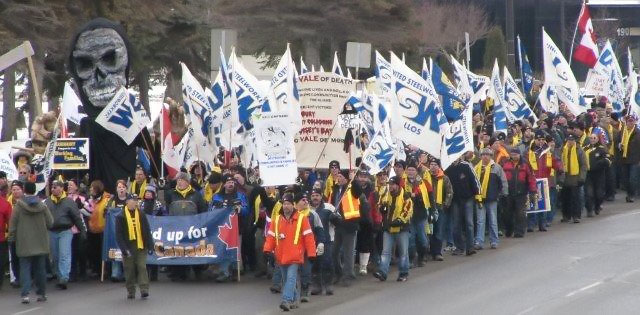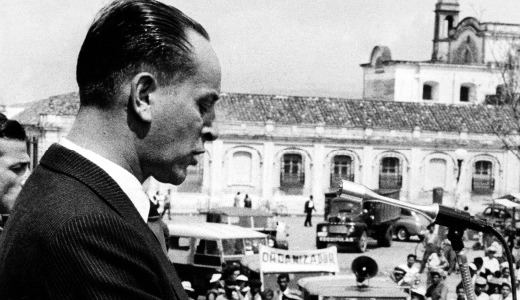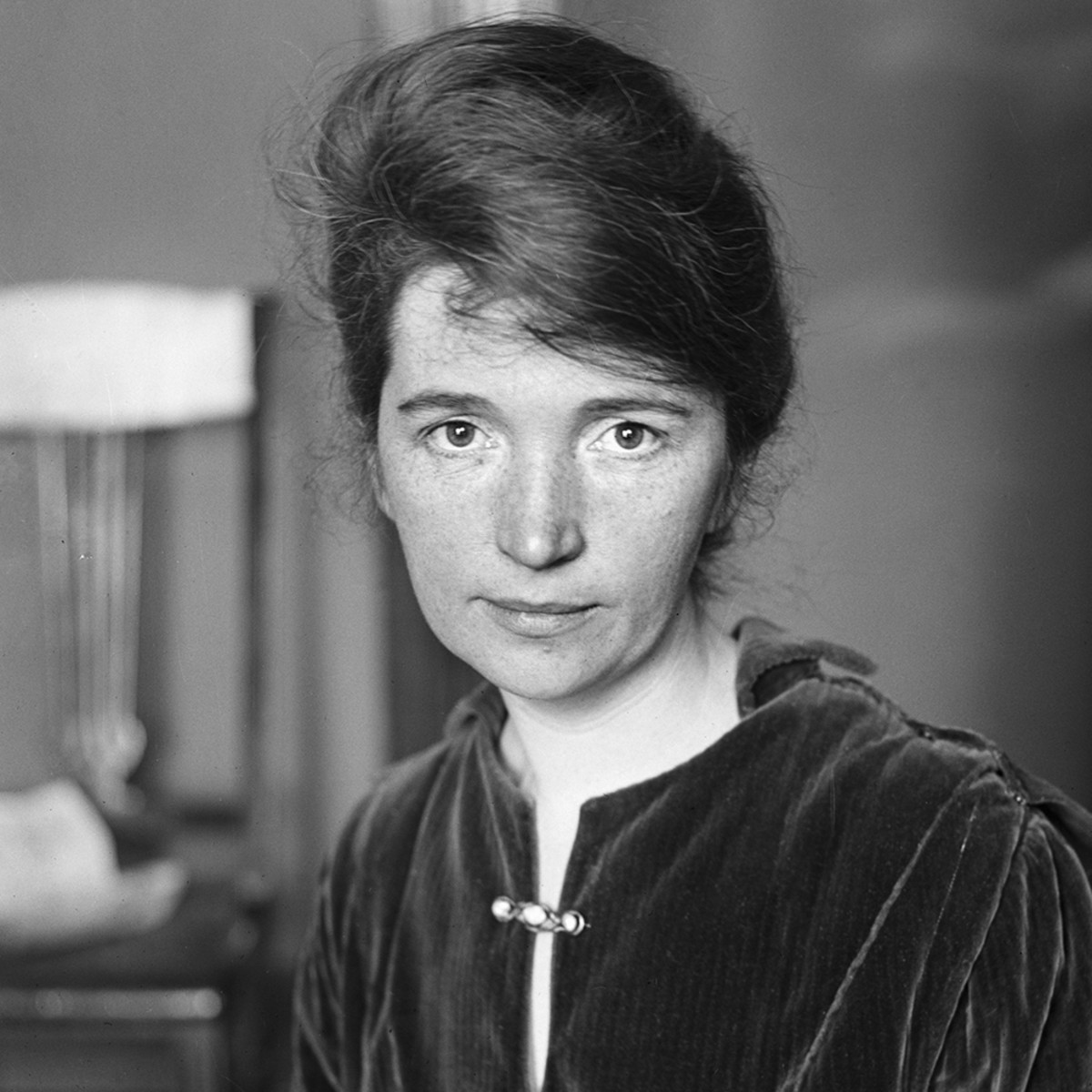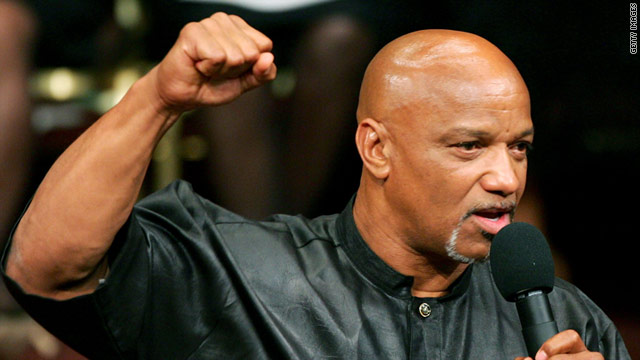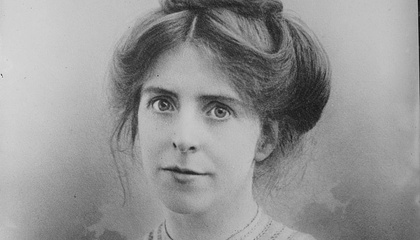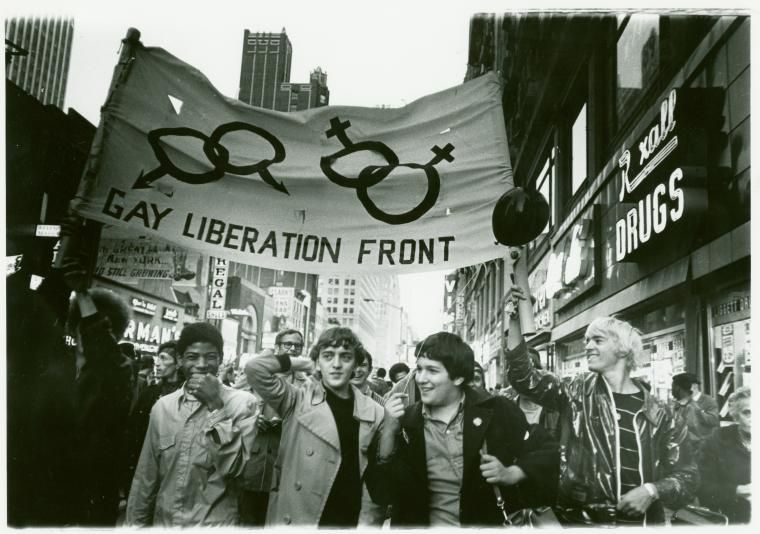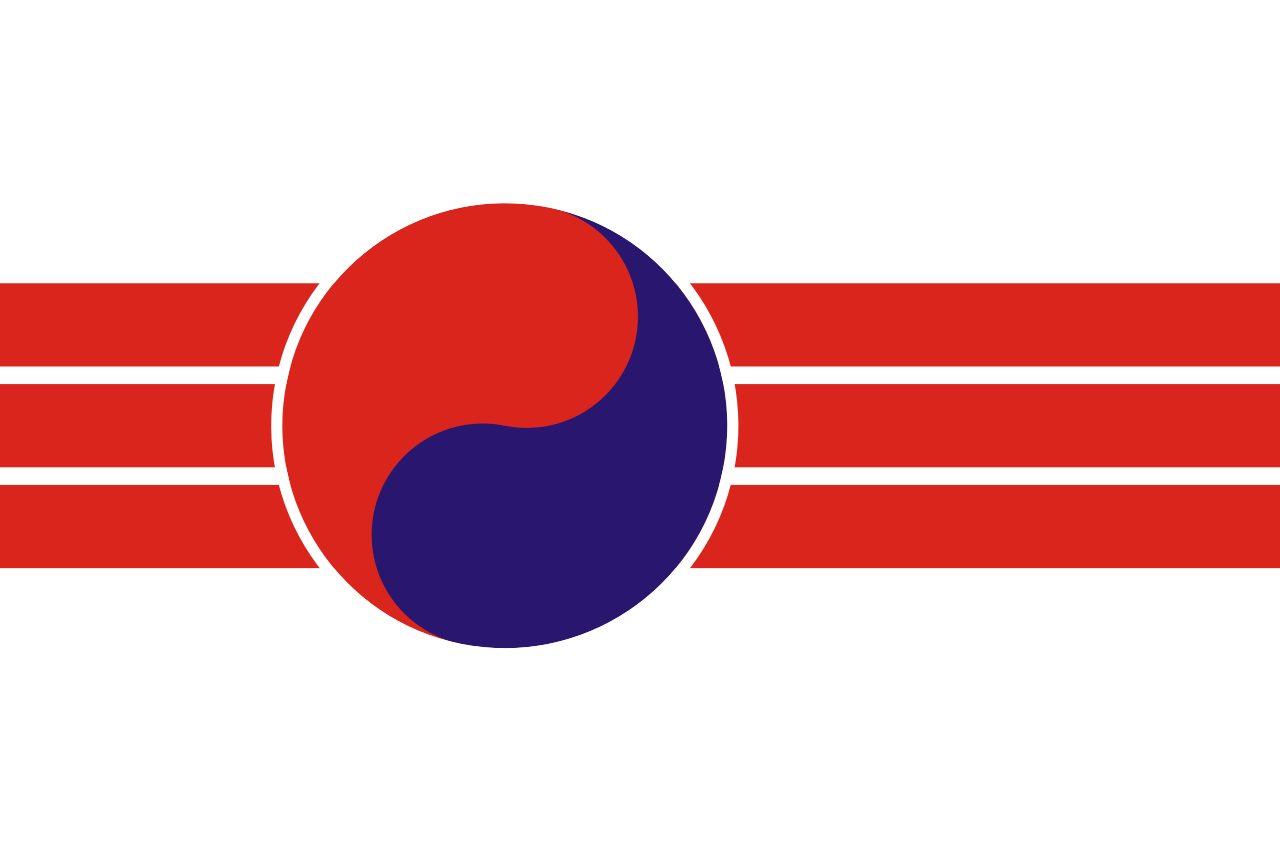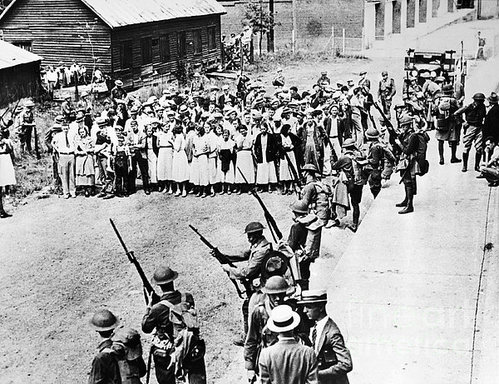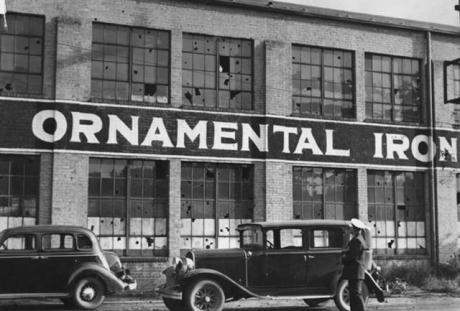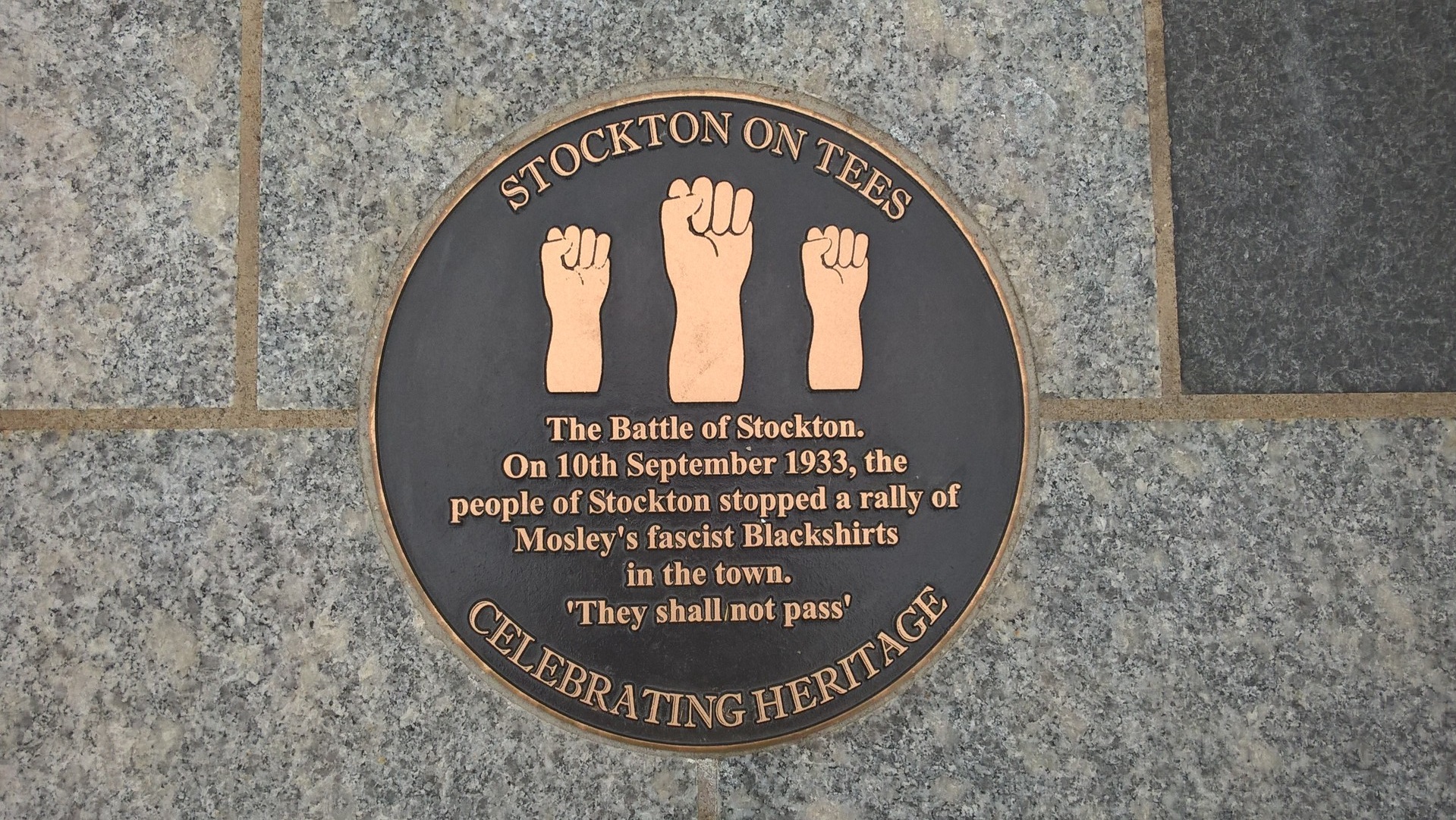1
17
2
13
3
35
4
27
5
10
6
14
7
79
8
13
9
148
10
16
11
67
12
41
13
14
14
28
15
89
16
20
17
25
18
46
19
21
20
22
21
56
22
13
23
24
24
13
25
78
view more: next ›
Working Class Calendar
1543 readers
37 users here now
[email protected] is a working class calendar inspired by the now (2023-06-25) closed reddit r/aPeoplesCalendar aPeoplesCalendar.org, where we can post daily events.
Rules
All the requirements of the code of conduct of the instance must be followed.
Community Rules
1. It's against the rules the apology for fascism, racism, chauvinism, imperialism, capitalism, sexism, ableism, ageism, and heterosexism and attitudes according to these isms.
2. The posts should be about past working class events or about the community.
3. Cross-posting is welcomed.
4. Be polite.
5. Any language is welcomed.
founded 2 years ago
MODERATORS

